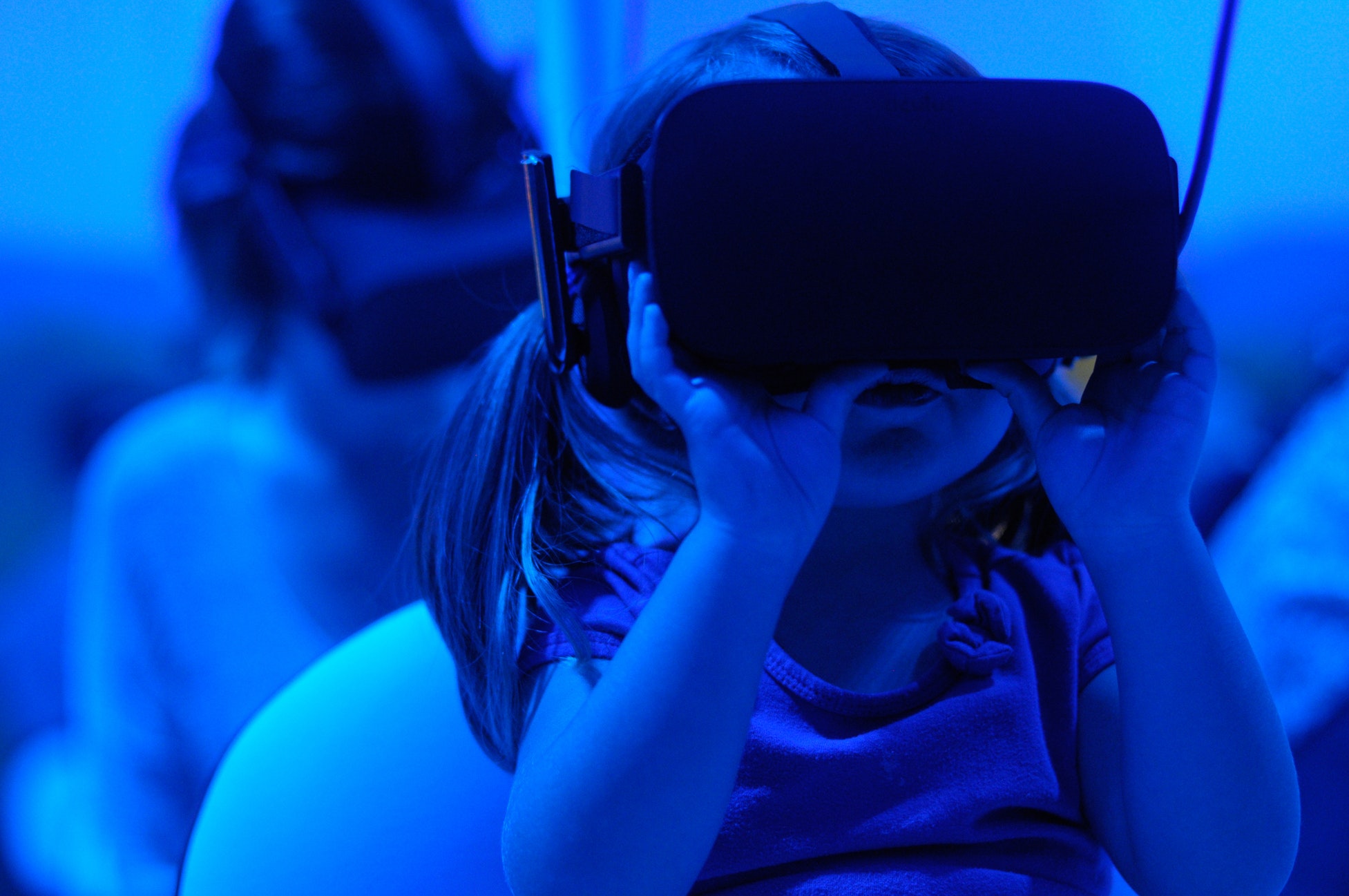Does Virtual Reality (VR) Travel have the potential to be more?
Does Virtual Reality (VR) Travel have the potential to be more? Retrieved from Forbes.com Due to the pandemic, the global tourism industry had to come to a sudden halt. Even as lockdowns were slowly lifted, travelers were skeptical, and the threat of the virus is still very real. Recently, a second wave has swept across […]
Can technology make tourism more transformative ?
Transformative tourism (TT) is a type of meaningful and purposeful tourism. Traditional tourism is often used as an escape mechanism from everyday life (5). Transformative tourism is motivated by seeking (10). In transformational tourism the tourist seeks personal growth during their travels, which can take place in areas such as well-being, spirituality and education. The […]

Experiences and digitalization – where are we going?
It’s all about experiences these days, isn’t it? They are constantly discussed in the field of tourism, and with other industries as well, but do we actually know what it is about the idea of experience that in the end intrigues the customer enough to make a purchase decision? No, we cannot know that. Why? […]
Nostalgia in marketing – a great way to drown your business
It is pretty easy to say that marketing a business today is made pretty affordable and easy – if you are not stuck in the nostalgia in marketing and trust that a basic “block ad” on a magazine is an effective way on advertising. Events are my cup of tea. As an event manager, you […]